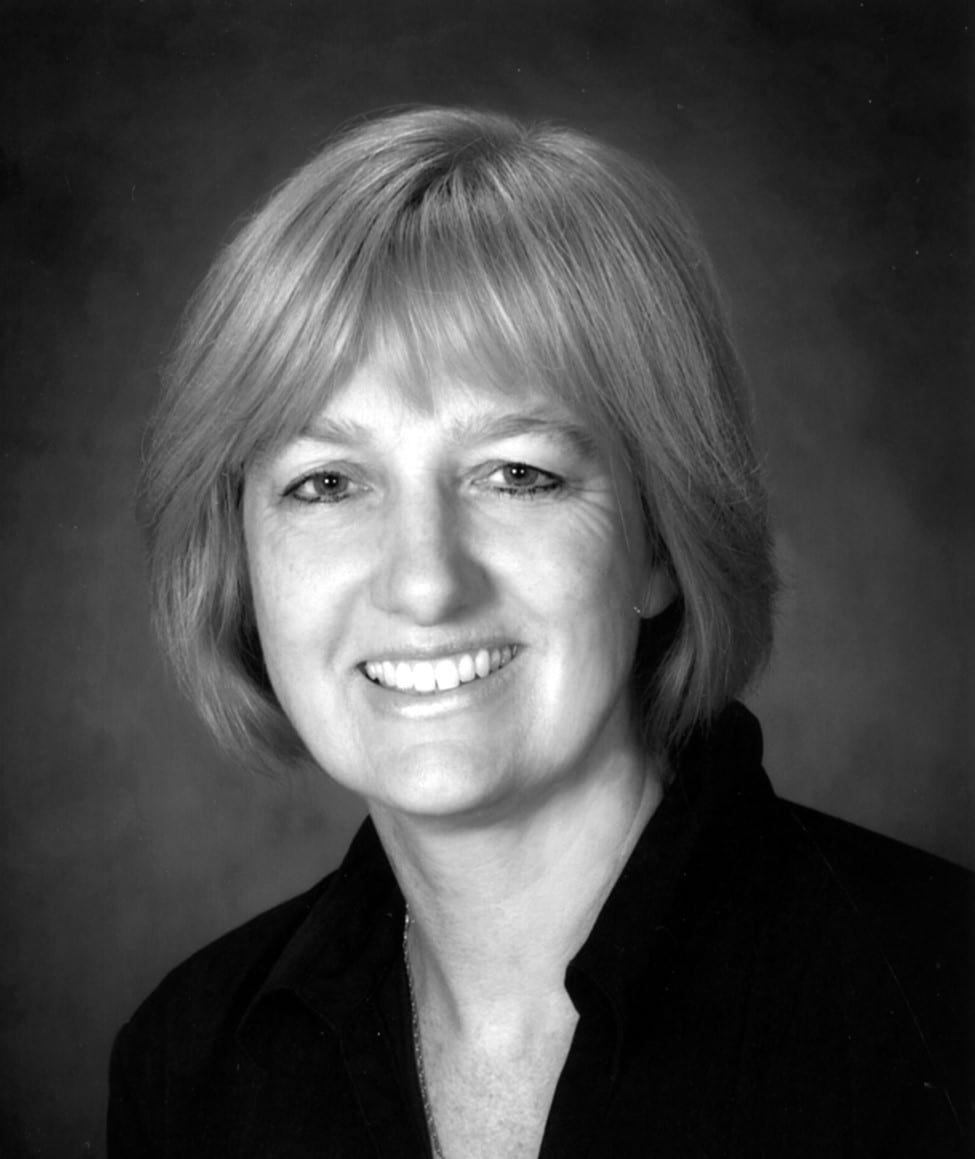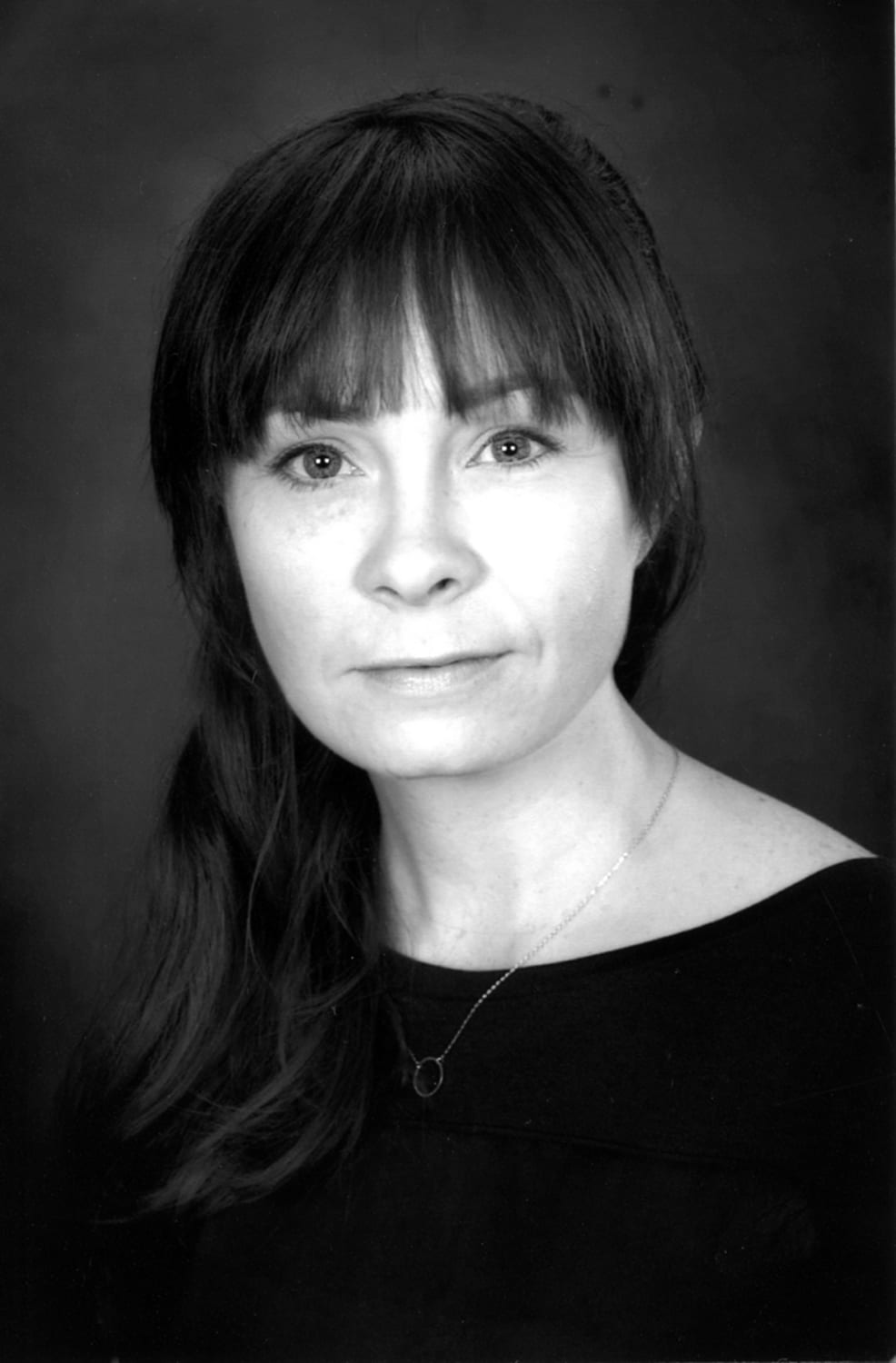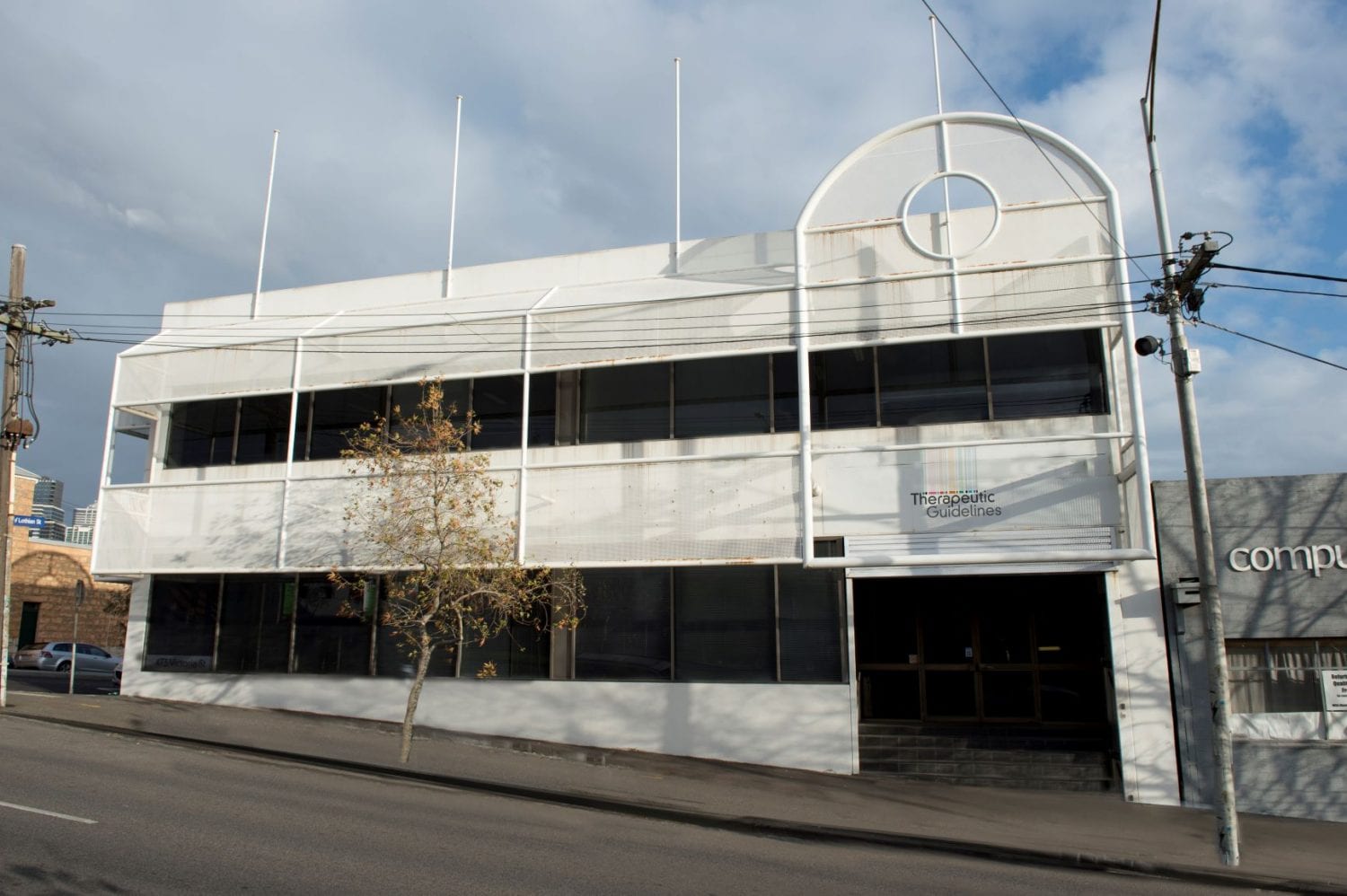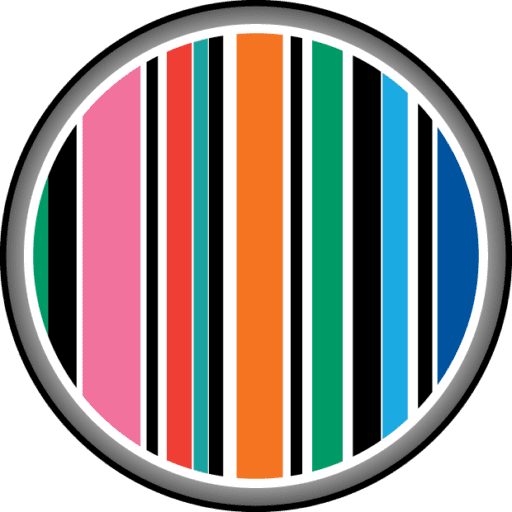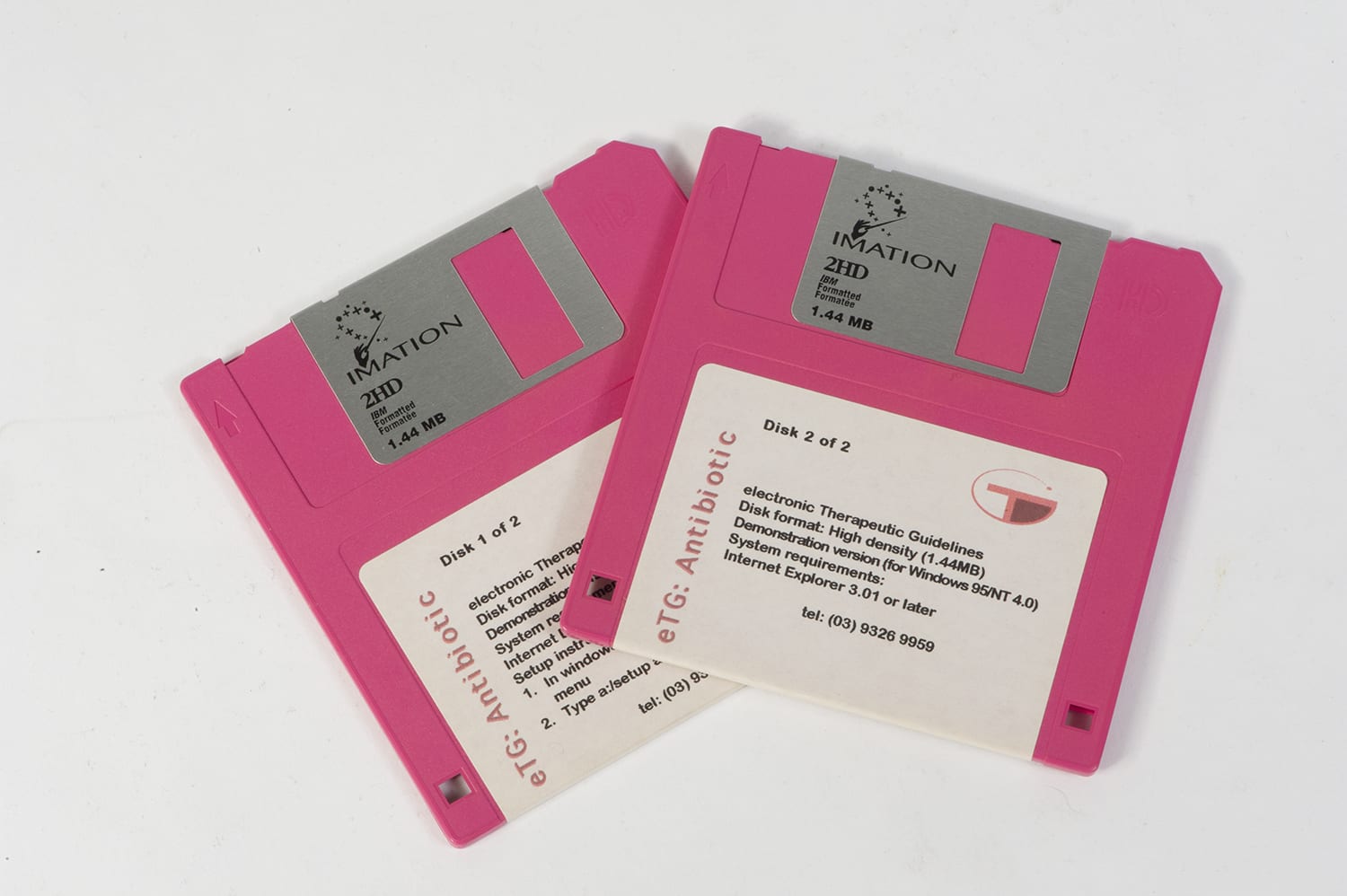New editorial director Leigh-Anne Claase preparing a report in 2013 for the board about the production system. It made five key recommendations which centred around staffing, training, digital products and the eventual transformation of the publishing process from Word files to a new XML editing suite.
Leigh-Anne Claase on users’ expectations of modern digital products
Several changes were introduced to improve the speed and quality of the guideline production process. Six additional editorial staff members were hired between 2013 and 2017 to increase TGL’s staffing to 24. Internal editor training was formalised. The typesetting of books was outsourced in 2017. Through Carol Norquay, Bryn Lewis continued maintenance of SISMO offsite until the end of 2012. Using what was, by this time, an old programming language that few programmers used, SISMO existed on one stand-alone machine. Meanwhile, RoboHelp was struggling to cope with longer manuscripts and eTG complete was becoming unstable, particularly around indexing. TGL wanted to create content in XML and then publish it in HTML and different formats if necessary. It was a bigger project than just changing SISMO. To ensure the reliability of the complex system, IT officer Yin Shen was recruited to convert the SISMO system to a contemporary programming language. The new system was named TGPub.
Sue Phillips on the conversion of SISMO to TGPub
Digital publishing consultant David Sommer was commissioned in 2013 to provide expert advice about commissioning a new, fit-for-purpose digital publishing system. In December 2014, Indian company MPS Limited began to build two new delivery platforms, migrate the content, re-establish all of the internal links, and link the publishing platform to a new corporate website and online purchasing system. The production team carried out a word-for-word check of content. Going live in April 2016, the switchover to the new delivery platform began with the online version of eTG complete, followed by the offline version. The new Apple and Android apps were released next. After this, the state and territory health authority customers who subscribed via Medical Director (formerly Health Communication Network) were moved to directly access eTG complete from TGL’s new, high capacity web server in Sydney.
The final stage of the major changes in the production process, underway in 2018, will create new editorial IT systems. A TGL editing suite, known as TGEdit, will operate with bespoke Guidelines Editing and Management Software (GEMS). The software will create guidelines in a secure online system, delivering improved security and efficiency. The architecture to construct the process for migrating all Word files from the database to the new XML platform was completed and tested in 2018. After this pilot phase and the inevitable tweaking, the content will be moved and a plan formulated in 2019 to implement the new editorial systems across all titles.
